Türkiye's Cultural Treasures: A Tour of UNESCO's 19 Protected Sites
Every year UNESCO publishes an updated list of places recognized as a common heritage of all humanity. As of 2022, there are 19 different places in Turkey that have been included in UNESCO's list of 'sites of universal value'. These heritages, which are all special from each other, are defined as areas that need to be protected especially to create a common consciousness and to preserve natural values.
1. Historical Sites of Istanbul
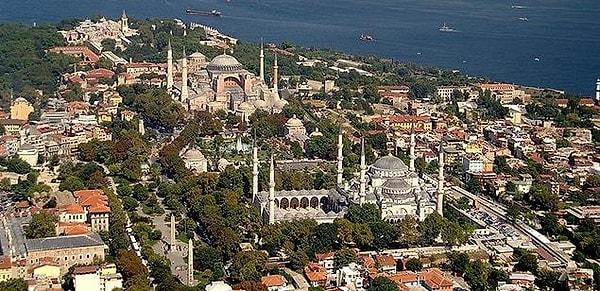
With its history dating back to the 7th century BC and its 'Historical Peninsula' surrounded by the Bosphorus in the east, the Golden Horn in the north and the Sea of Marmara in the south, Istanbul is a value in itself. Almost every corner of Istanbul, which connects Europe and Asia and was the capital of empires such as the Roman and Ottoman Empire, is under the protection of UNESCO. Istanbul, which was included in the heritage list in 1985 for its cross-cultural transition, has different regions such as Hagia Sophia, Hippodrome, Little Hagia Sophia Mosque, Hagia Irene and Sultanahmet Archaeological Site.
2. Divriği Great Mosque - Sivas
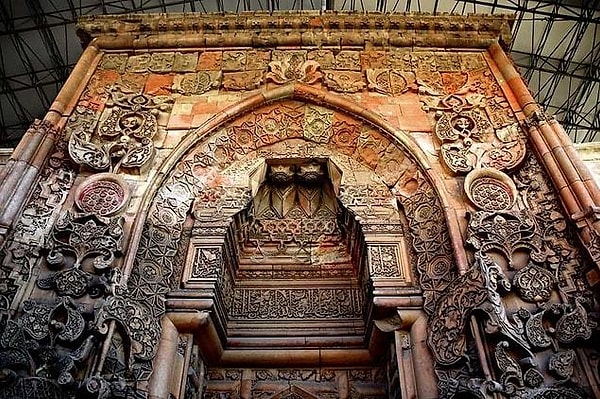
Listed in 1985, Divriği Mosque and the settlements around it date back to the Hittites. The mosque, built when the region was under the rule of Mengücekoğulları, is one of the most beautiful examples of Islamic architecture. In addition to its architectural features, Divriği Mosque, which stands out with its examples of Anatolian stonemasonry, harbors a very rich cultural heritage.
3. Nemrut - Adıyaman
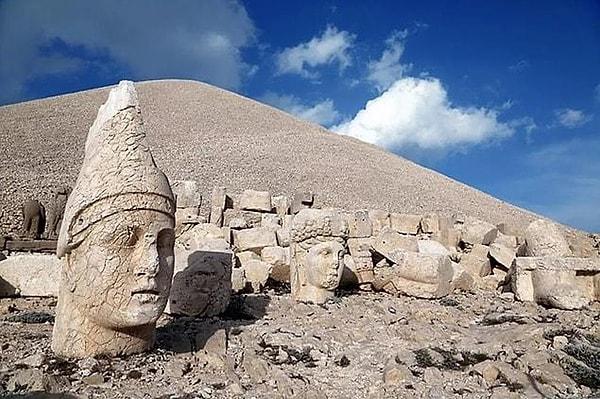
Mount Nemrut, where 8-10 meter statues have survived to the present day, once belonged to the Commagene Kingdom. Nemrut, which is one of the most important ruins of the Hellenistic period with its unique view and monumental statues whose mystery is still unsolved, was taken under protection by UNESCO in 1988. It is thought that there are still many undiscovered mysteries in Mount Nemrut National Park, where there are different sacred monuments on each of the eastern, western and northern terraces.
4. Göbeklitepe - Şanlıurfa
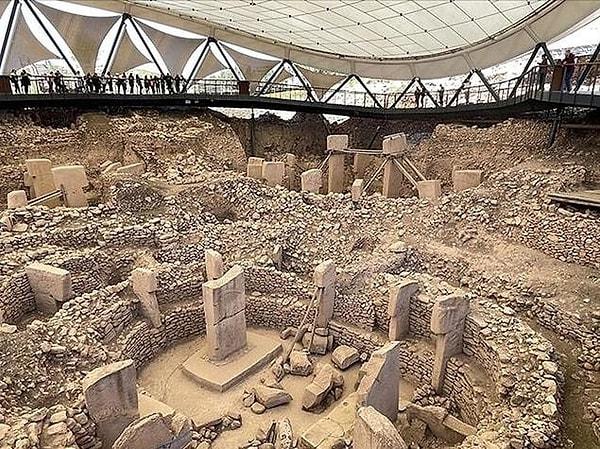
Listed in 2011, Göbeklitepe is the oldest and largest place of worship in the world, dating back to 10,000 BC. It is known that Göbeklitepe, 7500 years older than the Egyptian pyramids, still holds many undiscovered secrets and ongoing excavations prove that the region was used by non-resident people for periodic festivals and meetings. However, contrary to what is known, it is estimated that the site holds many secrets, which is why Göbeklitepe is considered one of the most important ruins in all of human history.
5. Goreme National Park and Cappadocia - Nevşehir
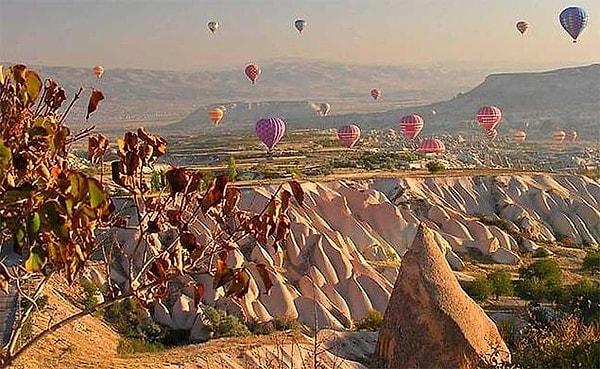
Between the 7th and 13th centuries, Goreme was home to Christians trying to escape oppression and is visited by millions of tourists from around the world every year. Listed in 1985, the sites include Göreme National Park, Karain Cave, Derinkuyu and Kaymaklı underground settlements, Yeşilöz Theodor Church, Karlık Church and Soğanlı Archaeological Site.
6. Hattuşa - Çorum
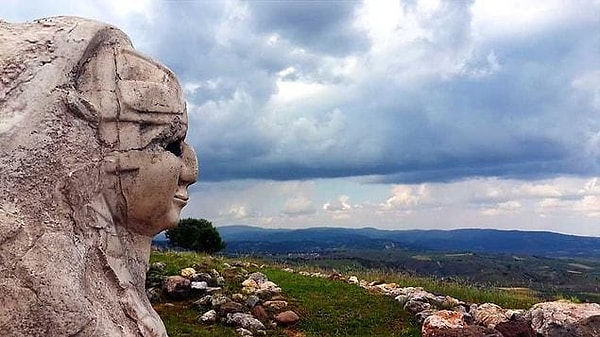
Hattusa (Boğazköy), the most important capital of the Hittite Empire, was valued in Anatolia for many years. Hattusa, which was the capital of a civilization that was destroyed and rebuilt and ruled for a long time, was included in the UNESCO World Heritage list in 1986 with its ruins, temples and fortifications from the period.
7. Xanthos and Letoon - Antalya ve Muğla
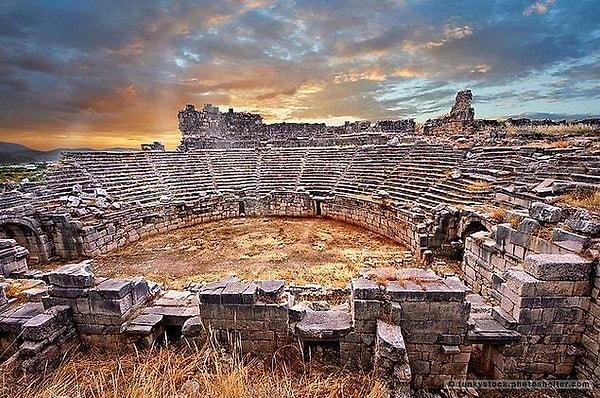
Xanthos, the largest administrative center of Lycia, was completely independent until it came under Persian rule in 545 BC. The city was destroyed by fire 100 years after it fell under Persian rule, but was rebuilt and retained its capital status. Letoon, 4 km away from it, was the religious center of Lycia in the same period. Letoon, which is worth seeing with its temples of Apollo and Artemis, is also a valuable heritage with the Temple of Leto built in the peripteros style.
8. Selimiye Mosque and Complex - Edirne
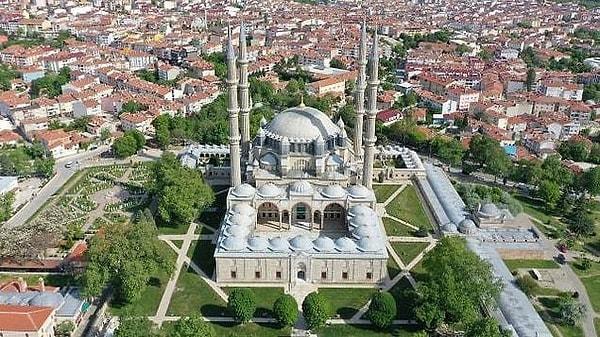
Selimiye Mosque, which Mimar Sinan described as 'my masterpiece', was accepted to the world heritage list in 2000. This marvelous structure, which still amazes with its 4 minarets, large and majestic dome and unique interior design, is full of unique carvings, marble and wood motifs. The Selimiye Mosque is unique for its fine craftsmanship and pen work on the dome and arches, and there are many interconnected areas such as educational institutions, library, courtyard and ottoman bazaar.
9. Hierapolis and Pamukkale - Denizli
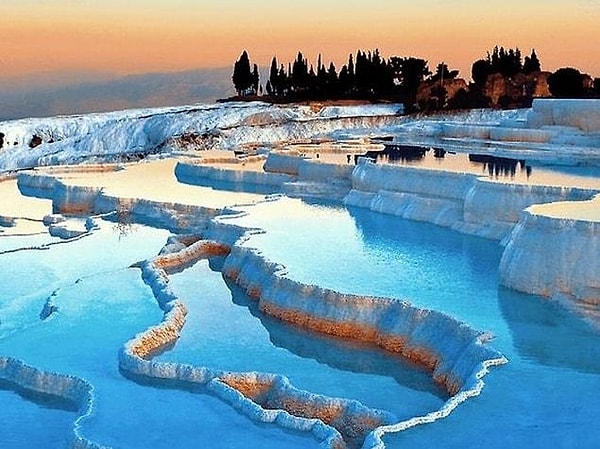
Pamukkale travertines, which belonged to the Kingdom of Pergamon in the 2nd century BC, was one of the therapy and health centers of the period. This area, which was the capital of health tourism with its calcium oxide water, was protected by UNESCO in 1988 together with the Hellenistic Hierapolis just behind it. It is one of the most important universal heritages that have survived to the present day with its healing waters, metal and stone processing, capital city and Byzantine episcopal center.
10. Safranbolu City - Karabük
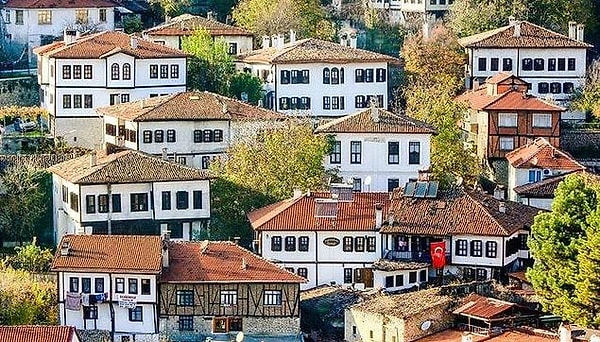
Safranbolu, located in the region of the Black Sea connecting Northern, Western and Central Anatolia, has a very special place due to its architectural structure and geographical location. Safranbolu, which attracted attention in every period due to its location, was one of the most important centers for trade between Asia and Europe, especially in the 18th century. Safranbolu, which is recognized as a protected area with its Turkish architectural structures, wooden masonry houses and monumental architecture that have survived intact until today, was fully registered by UNESCO in 1994.
11. Ancient City of Troy - Canakkale
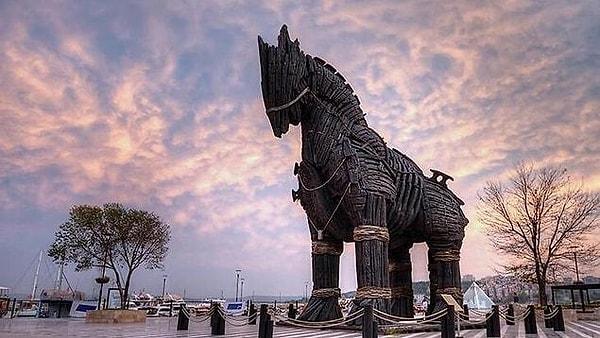
Troy, one of the most important ancient cities in the world, has a unique feature with its 9 layers and long history. The traces of the earliest settlement in the geography where different cultures such as Anatolia, the Aegean and the Balkans were found date back to the Bronze Age around 3,000 BC. Troy, one of the uninterrupted ancient settlements, was a center of interest in every period due to its geographical location and was generally preferred due to its commercial and cultural ties with other regions. The main reason for its inclusion in the UNESCO list was its uninterrupted layering. Unlike other similar archaeological sites in Europe and the Aegean, Troy has been on the UNESCO list since 1998.
12. Cumalıkızık - Bursa

Bursa Cumalıkızık, called 'The Birth of the Ottoman Empire', was included in the UNESCO World Heritage List in 2014. The region, which is unique with its Orhangazi Complex, Inns District, Hüdavendigar Complex, Cumalıkızık Village and Muradiye Complex, is an area that still attracts attention today and is the subject of historical movie productions from time to time.
13. Çatalhöyük - Konya

Çatalhöyük, which consists of two mounds in total, was one of the most important centers in Turkey until the discovery of Göbeklitepe. With its 18 Neolithic layers of life and being one of the first known examples of social organization, Çatalhöyük still retains its significance; it is also equipped with many wall paintings, reliefs and sculptures that clearly show the transition to settled life. The site, which was registered as a World Heritage Site in 2012 due to these features, is also proof of how villages that have existed for more than 2,000 years have been settled.
14. Pergamon - İzmir

The Bergama Landscape Area, which contains layers of different civilizations such as Hellenistic, Roman, Eastern Roman and Ottoman Periods, was included in the UNESCO list in 2014. The region, which has 9 different components, was among the most important centers in ancient times and was the capital of the Kingdom of Pergamon between 282-133 BC. Pergamon, whose first mention in written documents dates back to 4,000 BC, is an ancient center full of magnificent structures such as temples, towers, palaces and theaters that have survived to the present day.
15. Diyarbakır Castle and Hevsel Gardens - Diyarbakır

Shaped over time according to the needs of civilizations in the region, Diyarbakır Castle, its walls and gardens were placed under protection in 2015. The castle, which has a history of approximately 7,000 years, is seen as a universal heritage that has survived to the present day due to its unique cultural structure. Founded in a period and geography where garden culture was important, the area functioned as a public garden in its time and had a unique value. The fact that traces of more than 30 civilizations can be seen in the region at the same time and its agricultural importance are the main reasons why it is still valuable today.
16. The Ancient City of Ani - Kars

The Ani Archaeological Site on the border of Turkey and Armenia was a continuously inhabited area from the early Iron Age until the 16th century. Due to this continuity, the most important works of urbanism, architecture and art of the Middle Ages were realized here. The Ancient City of Ani, which is the first example of the transition from a closed city to an open city model, was registered as a world heritage site in 2016.
17. Efes - İzmir

Ephesus, which consists of different components such as Ayasuluk Hill, Çukuriçi Mound, Isa Bey Mosque, Isa Bey Bath, Ephesus Ancient City, House of Virgin Mary and Basilica of St. John, is a heritage that has a worldwide reputation. It continues to be one of the most important artifacts of the ancient period today. Founded in the prehistoric period, Ephesus is a strong center that managed to survive during different civilizations such as Hellenistic, Roman, Eastern Roman, Principate Period and Ottoman Period. The city, which has witnessed almost every stage of history with its uninterrupted settlement of approximately 9,000 years, received the protection it deserved in 2015 as an important port city.
18. Afrodisias - Aydın

Aphrodisias, built for the goddess Aphrodite, actually defines the common name of many ancient cities. The reason why it is the most famous among these cities is that it gained fame during the Roman Period and has survived to the present day in a very good way. This ancient center, which dates back to 5,000 BC with its well-preserved ancient buildings, took its place on the UNESCO list in 2009.
19. Arslantepe Mound - Malatya

Arslantepe Mound, also known as Melid, is an archaeological site located 7 km northeast of Malatya and one of the largest mounds in Turkey. Open to settlement between 5,000 BC and the 11th century AD, the site was used as a Roman village for a while and then came under Byzantine rule. This unique site on the Euphrates River is the last one from Turkey to be included on the permanent list in 2021.
Keşfet ile ziyaret ettiğin tüm kategorileri tek akışta gör!


Send Comment